Graham Hancock’s multi-million bestseller Fingerprints of the Gods remains an astonishing, deeply controversial, wide-ranging investigation of the mysteries of our past and the evidence for Earth’s lost civilization. Twenty years on, Hancock returns with a book filled with completely new, scientific and archaeological evidence, which has only recently come to light…
The evidence revealed in this book shows beyond reasonable doubt that an advanced civilization that flourished during the Ice Age was destroyed in the global cataclysms between 12,800 and 11,600 years ago.
Near the end of the last Ice Age 12,800 years ago, a giant comet that had entered the solar system from deep space thousands of years earlier, broke into multiple fragments. Some of these struck the Earth causing a global cataclysm on a scale unseen since the extinction of the dinosaurs. At least eight of the fragments hit the North American ice cap, while further fragments hit the northern European ice cap.
The impacts, from comet fragments a mile wide approaching at more than 60,000 miles an hour, generated huge amounts of heat which instantly liquidized millions of square kilometres of ice, destabilizing the Earth’s crust and causing the global Deluge that is remembered in myths all around the world.
A second series of impacts, equally devastating, causing further cataclysmic flooding, occurred 11,600 years ago, the exact date that Plato gives for the destruction and submergence of Atlantis.
But there were survivors – known to later cultures by names such as ‘the Sages’, ‘the Magicians’, ‘the Shining Ones’, and ‘the Mystery Teachers of Heaven’. They travelled the world in their great ships doing all in their power to keep the spark of civilization burning. They settled at key locations – Gobekli Tepe in Turkey, Baalbek in the Lebanon, Giza in Egypt, ancient Sumer, Mexico, Peru and across the Pacific where a huge pyramid has recently been discovered in Indonesia. Everywhere they went these ‘Magicians of the Gods’ brought with them the memory of a time when mankind had fallen out of harmony with the universe and paid a heavy price.
A memory and a warning to the future… For the comet that wrought such destruction between 12,800 and 11,600 years may not be done with us yet. Astronomers believe that a 20-mile wide ‘dark’ fragment of the original giant comet remains hidden within its debris stream and threatens the Earth. An astronomical message encoded at Gobekli Tepe, and in the Sphinx and the pyramids of Egypt,warns that the ‘Great Return’ will occur in our time…
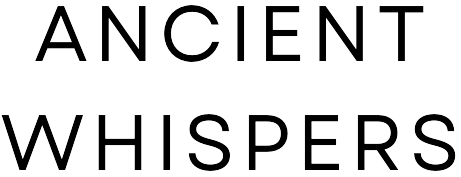
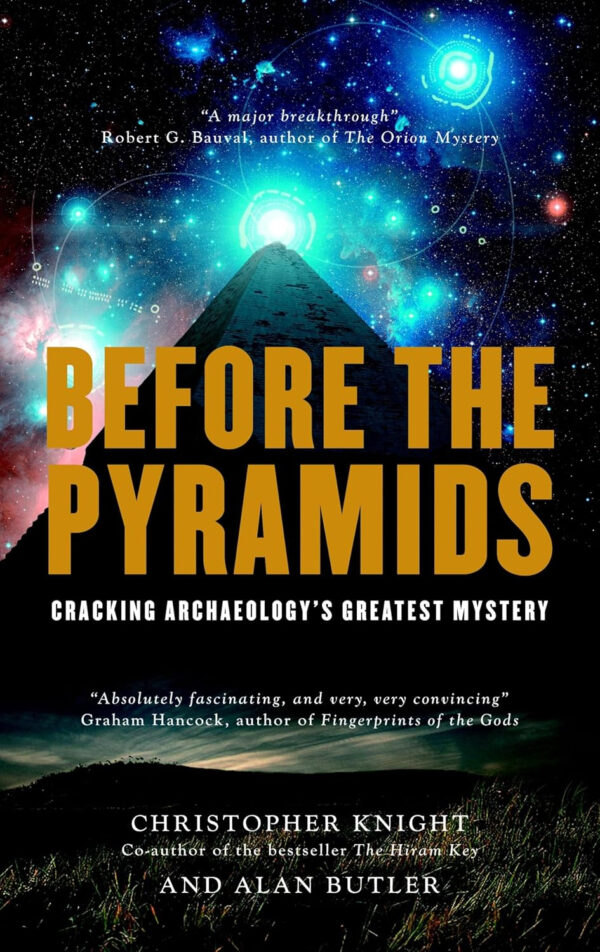

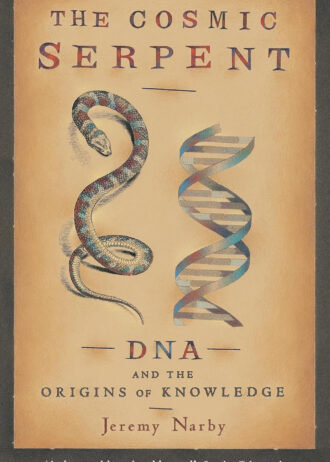
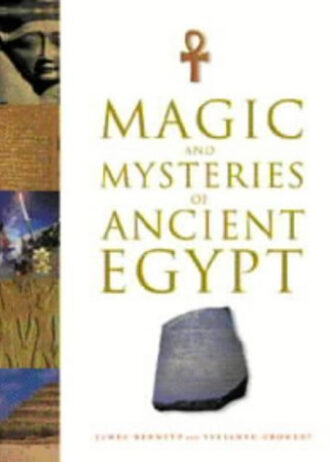


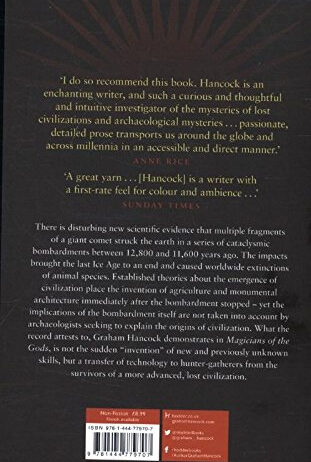
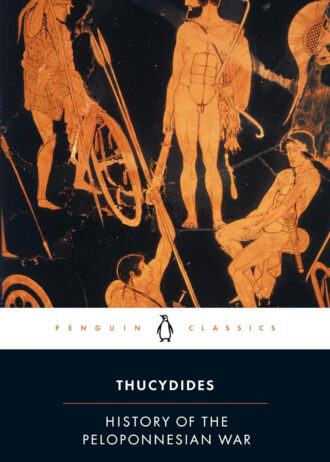
Koriel Tannhauser –
What I mainly like about this book is simple: you can verify everything contained in it quite easily. In fact both authors, in the “Introduction” part, suggest for the reader to do so, as anyone with Internet access will be able to put those ideas to the test. Based on a very thorough research, the book is suggesting a connection between ancient Egypt and Neolithic Britain (especially when one look at something like The Thornborough henges, a perfect copy of the stars of Orion’s Belt), and that the plan of the Giza’s pyramid complex was copied from another, much older sacred site in England.They are also showing that Pyramids at Giza were, beyond any doubt, built on a precise astronomical model of Orion and that building them did in fact require an exact knowledge of the Earth’s dimensions (both of those points, should be quite obvious for anybody interested in those subjects – especially people familiar with Robert Bauval books).Along the way, the book is also discussing various different topics such as: early beliefs of ancient Egyptians, work of Alexander Thom related to “Megalithic Yard” measuring system (it’s strange that this is now widely accepted fact among British archaeology experts), wisdom of Neolithic sky watchers related to calendar and 366 degree circle, Sumerian measuring systems, Thornborough henges (chapter 4 & 5 are excellent reading), Stonehenge, theories of Graham Hancock, Robert Bauval, Robert Schoch and Robert Lomas, connection between Druids and Freemasonry and importance of city of Bath (great chapter there), design of the city of Washington in US (and also Pentagon) in relation to the prehistoric units of geometry (chapter 12, 13 and 14 are give you a very good description of that), and many other interesting topics.I actually like what the authors are saying in the Appendix 10: “Many academics are unaware that there are different sorts of thinking styles. They assume process-driven thinking is the only valid way to approach ideas. There is also a general assumption that if a new theory collides with the preferred paradigm it must be wrong. Awareness that there are different approaches to thinking and deduction can lead to better judgements”. The more detailed explanation of those approaches is in the same appendix. At this point I could only wish that maybe someday, more researchers will adopt that approach – instead of keeping the orthodox ideas alive at all cost.What I’m wondering about is: what if the true connection between ancient Egypt and Neolithic Britain (as both authors are suggesting that astronomical knowledge, used in planning pyramids, came from British Isles) is located somewhere even further in the ancient past? What if the knowledge that they were using at that time in Egypt and British Isles simply come from much older, ancient and long forgotten common point of origin (some worldwide civilization that existed in the remote history)? In this case, maybe the Egyptian astronomy wasn’t influenced by any knowledge from British Isles at all -> but both of them simply had the same ancient source of information (thus both were using the “Megalithic Yard”)?At the end you have a great Appendix section worth reading, and short Endnotes (I wish there was a little bit more material here). Is it worth reading? Definitely yes, and in my opinion this book is a perfect complement to the author’s earlier work “Civilization One”. Read it (especially if you live in UK and you are interested a little bit in the “old” Britain). You won’t be disappointed and you will learn something new here.
Douglas Lowe –
The core thesis of this book is riveting namely that the engineers who built the Thornborough henge seemed to have a direct link with the builders of the great pyramids – if not directly in time certainly in astronomical technology. I want to add that there are some similar astronomical structures in the United States which are also aligned with the ORION nebula. There can be no doubt, except in the minds of the fossilised mainstream (so called), that at some time in the past there was in existence a world wide civilisation. It is a moot point whether the great pyramids came before or after Thornborough. These writers are convinced that Thornborough came first. They are also convinced of the dating of both the pyramids and Thornborough. This book was at times riveting and at others one felt that the writers were padding it out with detailed personal references and friendly chit chat which did not seem to be appropriate in a work of such a technical nature. It would have done no harm to cut that out and save 20 pages or so. It is hard to absorb all the detail in one reading. A second reading is a must!! I strongly recommend it as part of the huge task of building up your knowledge of ancient history and technology.
Barbara Burgess –
I’ll admit that some of the mathematics of this book is hard going but it is accessible. This book expands on Alexander Thom’s work on the Megalithic Yard and questions whether mathematical and astronomical knowledge in Britain was ahead of other great civilisations such as the Egyptians and the Minoans.Anyone who is familiar with early maps such as the Piri Reis map will be aware that knowledge of the globe was greater in prehistory than in the medieval world. One of hypotheses here is that Megalithic man was able to measure, with great accuracy, the circumference of the earth and proof is in the the measurements at henges across Britain, but especially Thornbury and Dorchester-on-Thames.The results of their work is very convincing and again makes me, at least, question the mainstream archaeologist’s view of man at this period, especially that assumption that if man went to great trouble to build something it must be a temple or a tomb!
Perpetrator –
Haven’t finished it yet but it is fascinating so far, and I may read this one twice as there is interesting technical info to digest.
verasity –
I have only given this book four stars because I read the previous book and found it irritating to have all the explanations repeated! I know it is unavoidable but still annoying. Love the transparency of the writers and how they take you along on their journey! Love their guts and bravery in dealing with subjects which academia refuse to countenance. Without such men we would still be in ignorance of subjects ,such as the true history of the world and what it is to be human.I recommend this book to anyone with an enquiring mind and an interest in esoteric matters. I have delved into ancient history for many years due to the fact that I was very frustrated at the obviously erroneous,sketchy and political version of history which was churned out to me in my youth. To the authors,keep on trucking boys!
Tweater –
An absolutely fascinating read. The evidence in this book is well researched and the evidence is set out in a fairly logical way but could have been a little less long winded. However, It confirms my own thoughts and findings over the years. It also contains references that will aid those interested in this subject and wanting to further their own research or studies. I am always fascinated to read how the Archeological establishment remains blinkered. I look forward to the day when we finally uncover some irrefutable evidence to show that we were once far more advanced than the so called “Experts” gives us recognition for and it won’t be long now!!!
Highlander2014 –
This book follows the same line as Mr. Sitchen (sp) in his series that started with “The Twelfth Planet”. Really makes one think and wonder if it all may be true.
Gerard Bruno LAMARQUE –
A MUST READ BOOK before you Die !!
Best Book ever written on the Mysteries of the Pyramids.Fascinating, and very convincing. Knight & Butler’s findings provide compelling Scientific evidence of the existence of an Advanced Technological Ancient Civilisation. A MUST READ once in your Life Time as to You have to know the past to understand the present !!
The Secourist –
Great vision of the past
I found this book helped me understand, and most importantly put in a better order, those things that have left me scratching my head about early history.
Jim C. –
Right words, right time, or both
After reading the first few chapters of “Before the Pyramids”, it dawned on me that, after all these years of me studying archeoastronomy/megalithic mysteries, the ability to determine the Earth’s circumference is so easy “a caveman can do it”! These awesome henges, monuments, pyramids, etc., were places of learning as much as they were representative structures. Their easy-going, brotherly, narrative style of sharing this knowledge is great! I am an admitted fool when it comes to science, engineering, mechanics or logic. I need to work on my car with a wrench in one hand and a manual in the other. But I have kept trying to understand all these kind of thing, from ancient history to quantum physics. This time, it paid off. I want to go out into some field and determine the Earth’s circumference right away- not to mention star patterns, Venus interactions, solar and lunar cycles, precession, and maybe even obliquity of the ecliptic! The heavens have been an open book to humans all along.Christopher Dunn’s terrific book, “Giza Power Plant”, where he goes into an engineer’s explanation of some of the arcane aspects of the Great Pyramid is a book whose message has lasted for me. Zachariah Sitchin’s idea, in one of his books, that Tiwanaku and other South American places were tin smelters for the Bronze Age, also stays with me. Richard Firestone’s absolutely awesome, and exhaustively researched (but ridiculously-named and covered) book, “Cycle of Cosmic Catastrophes”, is totally foundational to understanding anything in this genre. And, of course, I cannot forget to note Thomas Pawlicki’s classic, “How To Build a Flying Saucer”, the best non-levitation book about how megaliths were built I have yet seen (althought he does get into levitation in a totally fascinating, yet- to me- incomprehensible way). Now I can confidently be assured that “Before the Pyramids” is right there with these, my top-shelf references to the past. It is on these personally meaningful, somewhat relativistic terms, that I make this review, rather than use a more traditional, impersonal book report style. Perhaps, in time, I can come back and synthesize my insights a little more clearly, and with greater discipline. But for now, I just want to say this book rocks.I did find about a dozen typos, and would like the authors to know that I am available as a proofreader for their next manuscript.Thanks to the authors, I could get warm and comfy and buy “Civilization One: The World Is Not as You Thought It Was”, Knight’s and Butler’s earlier work; or instead, I could save the money, find a broomstick and head out to the prairie to check it out for myself. At any rate, it’s nice to have been empowered through their clear writing to make the choice.